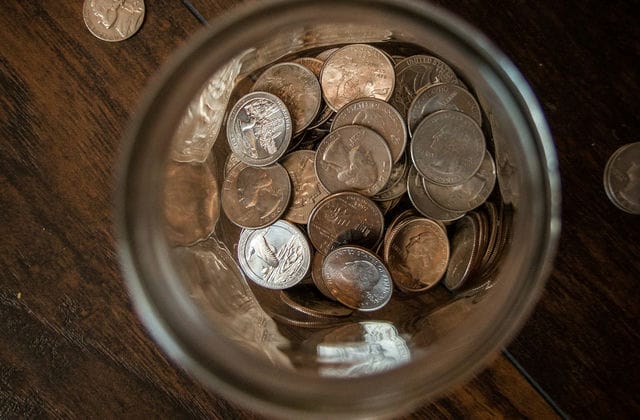There is a popular saying in the stock market: "It's not how much you make in the stock market, but how long you live", and it is this saying that makes me have palpitations about long term investment. The biggest advantage of small investors compared to institutions is the small amount of capital, easy access, make full use of this advantage, chase the rise and fall, sneak attacks, surprise attacks, win the fight, fight or run, often profitable in the stock market fight.

Chasing the upside, in theory, is in line with the classic stock market saying - "Follow the trend and do it". The essence of Dow’s theory is that "Stock trading prices are moving in a trend", and since this is the case, chasing up in the upward channel, there will always be a period of upward profits to be charted. Chase up, said the stock has the main care, "Shares no good or bad, there is a Zhuang is spiritual", the basis of the game is to see the stock has no money in and out, since the stock price in up in pulling up, why we do not chase it? At the same time, chasing up is also the best solution for us to ride on the dark horse and enjoy the fun of sitting on the banker and following the banker. We are not immortals, it is impossible to know when the stock is not up it is a dark horse, only when it shows the end, we can make a judgment. The most dangerous times are also the easiest times to make money. In a risky market, it is important to have both wisdom and courage. The Venn masters code of trading states that "Buy and sell only in active markets", which can be extended to buying only active stocks, active stocks are often stocks on the way up, stocks that are rising, stocks that are hot, chasing up and thus in line with the laws of buying and selling stocks for profit.
Killing the dips is the only way to hedge our risks and avoid huge losses. How can you walk in the jungle without getting knifed? Anyone can make mistakes; the problem is the way to treat mistakes. A decade of stock investment memories, leaving a deep impression of only two words: "Cut meat". Looking back, i always feel that cutting meat is very necessary. In his 21 rules for buying and selling, the first and second of which were first admonished by G.K. Vann, "Each time you enter the market, you should not lose more than one tenth of your trading capital" And "Always set a stop-loss level". This is the stop loss, or what we call the kill and cut. Thus, killing a fall is in line with the teachings of the masters and the laws of stock operations. Many people do not cut their losses in the downward channel, but also fill their positions, which is the same as making a mistake and not admitting it, but also will be wrong, the probability of failure is very high.

Chasing the ups and downs, often criticized in stock reviews, certainly has its drawbacks. To avoid the drawbacks of chasing after a fall, we must do something to chase something not to chase, something to kill something not to kill. Here to talk about some personal experience: 1, the general market down channel can’t chase. The company's main business is to provide a wide range of products and services to the market. The company's main business is to provide a wide range of products and services to the market.
In addition, the market is broken down necessary to kill, such as: Break the broader horizontal finishing level, broken 5 days, 10 days, 20 days average level and other technical indicators, pulling long yin and so on. Although pulling long yin kill also have failed examples, sometimes kill after the rise, but from the probability of long yin kill is still necessary.





























